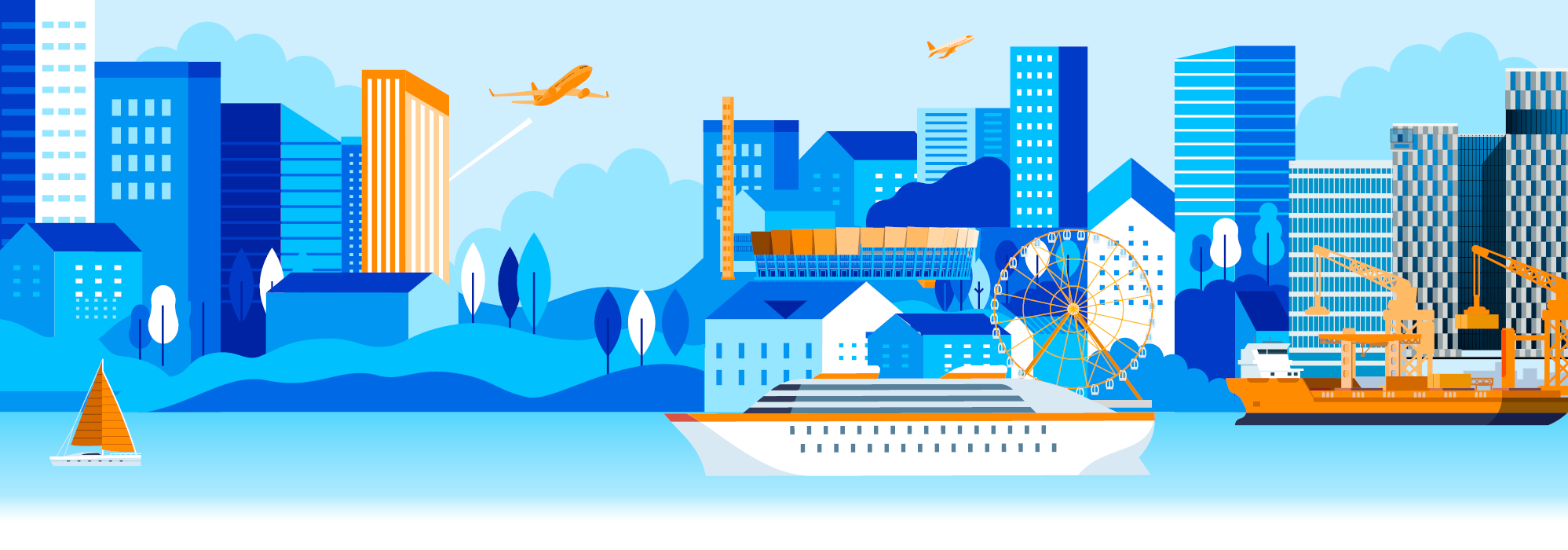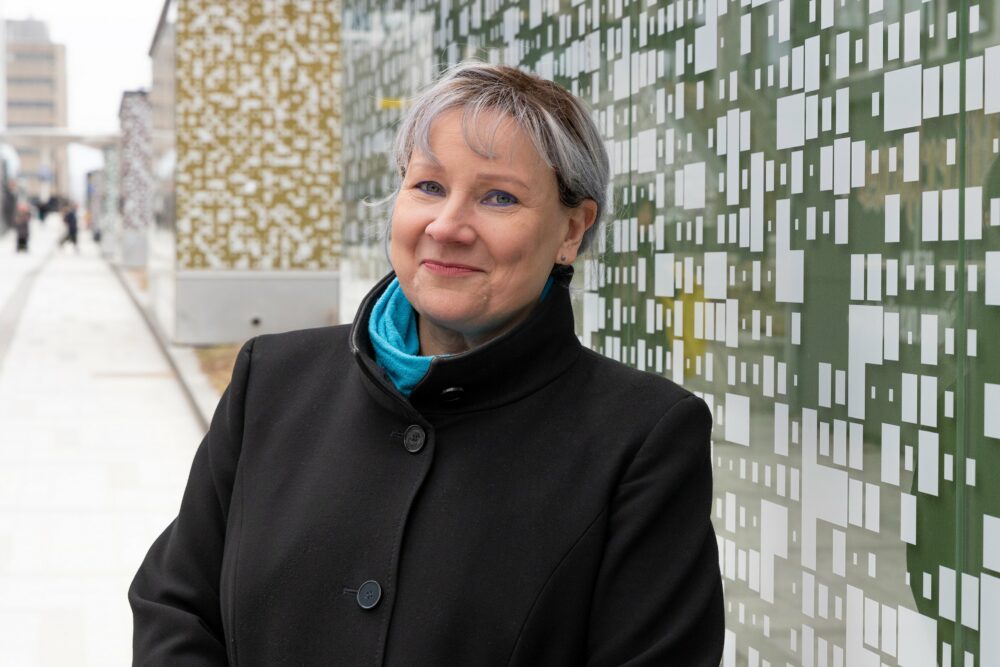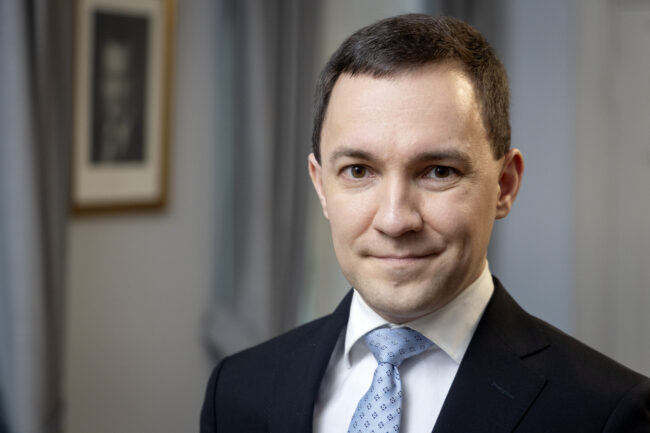In Europe, Finland is a remote country. Our nation has become increasingly isolated in terms of transportation, as connections to Russia were severed when the war broke out. This underscores the need to secure and improve Finland’s connections both to the south and west. In planning the Helsinki-Tallinn tunnel, it is important to consider not only economic factors but also security of supply, the functioning of the internal market, and geopolitical significance, writes Uusimaa Regional Mayor Tuija Telén in her blog.
Finland’s transport connections rely heavily on maritime traffic, with about 90 percent of Finland’s exports and imports transported by sea. The goal of the Trans-European Transport Network (TEN-T) is to seamlessly integrate Europe’s road, rail, maritime, inland waterway, and air connections, transport hubs, and freight terminals into a broad network that promotes sustainable transport by 2050.
The TEN-T network aims to promote the sustainable movement of people and goods across Europe. It consists of nine European transport corridors. Uusimaa is at the intersection of two corridors: the Scandinavian-Mediterranean and the North Sea-Baltic corridors. Additionally, the new Baltic-Black Sea-Aegean corridor ends in Helsinki. The Helsinki-Tallinn tunnel is marked as a future study project on the maps of the new TEN-T regulation as part of the North Sea-Baltic corridor. For this reason, promoting the tunnel is very timely.
The Tallinn tunnel connection is included in the regional plan of Uusimaa, as well as in the master plans of Helsinki and Vantaa. A co-operation agreement has been signed between the Regional Council of Uusimaa and the Union of Harju Municipalities in Estonia to advance the tunnel. The plans also include connections from the tunnel to Helsinki-Vantaa Airport, other parts of Finland, and the necessary multimodal freight terminal north of the airport.
The global situation cannot be ignored.
Currently, the Rail Baltica railway connection is being built from Tallinn to the Lithuanian-Polish border. Rail Baltica, along with the existing railway, would provide Finland with a permanent connection to the European rail network through the tunnel.
Functional connections for the transport of people and goods benefit all of Finland. The changing and intensifying global situation cannot be ignored. As a nation and Europeans, we are open to the world. We must act more actively to ensure our functional connections in all directions that are open to us.
The tunnel benefits far beyond just southern Finland.
The tunnel is a project of such magnitude that it ensures connections and brings benefits far beyond just southern Finland. Similar investments in accessibility might be wise to initiate right now throughout our country. Europe’s border areas, to which Finland belongs due to its geographical location, need support in the changing situation. The implementation of the TEN-T regulation and the EU’s Connecting Europe Facility funding must take into account Finland’s long eastern border by improving connections both westward and southward.
We are a small country and the farthest corner of mainland Europe. We must evaluate how we develop our open accessibility to the surrounding Baltic Sea countries, Europe, and the rest of the world, so that people and goods move increasingly seamlessly in the future. At the same time, our connections must be well-considered in terms of Finland’s security and sustainable development.
This article was translated by AI and revised by a person. The original Finnish Article can be read here



